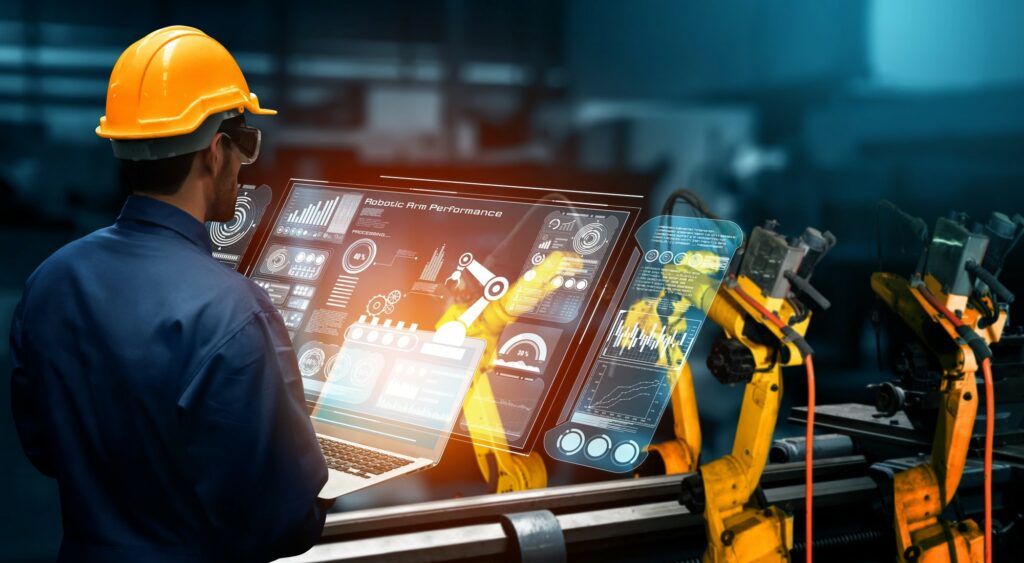The lights of the Kiruna mine looked like a flurry of fireflies, as I strained my eyes to see the sights out the window as the bus rolled toward my hotel. I had landed in Sápmi — the region often referred to as the Lapland — in the evening. It didn’t much matter, though. In the Arctic Circle, daylight is only two or three hours long. Kiruna was built to support the LKAB-run mine in the 1890s. However, in 2004, it was revealed that the town was in danger of collapsing into the sprawling mine, which had grown into the world’s largest iron ore mine. Now, the entire Swedish town is in the process of moving 3 km east. So, when I recently heard that a theater in New York City had been raised 30 feet higher than its current elevation, I admittedly felt blasé about it. What’s one landmark in comparison to an entire town? But the more I thought about it, the more I wondered how engineers could securely lift a 14-million pound theater in such a dense location as Times Square, where the countless dazzling neon signs made even the middle of the night seem bright. Yet that’s exactly what they did with New York City’s Palace Theatre. Here’s how they did it — and why they bothered to go to all that effort.
AMI Awarded $2M Grant from Florida Department of Commerce to Deploy Smart Manufacturing Lab
TALLAHASSEE, FL – Advanced Manufacturing International (AMI) has been awarded a $2M grant

